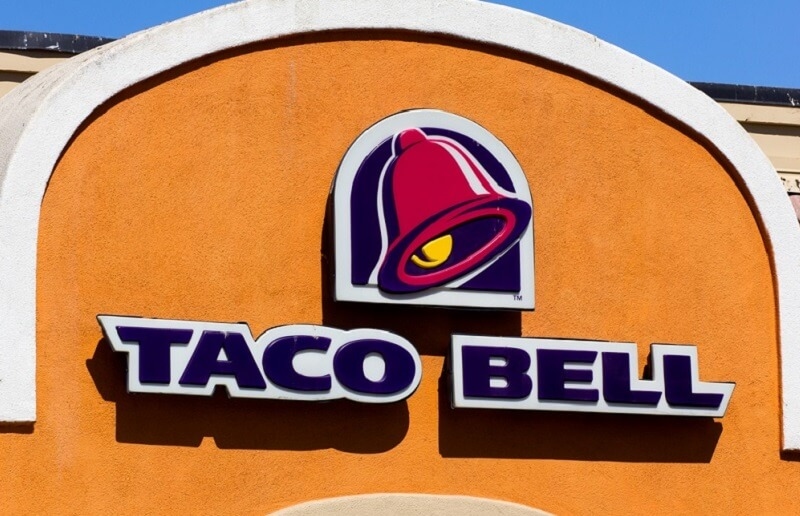Budget Bliss: Enjoying Healthy Eating On A Budget Now

Recent visits to the store reveal a noticeable uptick in grocery prices, presenting a daunting challenge for those aiming to maintain a healthy diet while staying within budget. However, with some careful planning and strategic shopping, it's entirely possible to nourish oneself without straining the wallet. The definition of "healthy" can vary depending on individual factors such as age, gender, activity level, or specific health conditions. One recommended guideline, put forth by the U.S. Department of Agriculture, suggests a balanced plate featuring half fruits and vegetables, one-fourth grains, and one-fourth protein, complemented by a side of low-fat dairy. Here are some practical tips for eating affordably and healthily at home:
Opt for homemade meals over takeout
Preparing meals at home serves a dual purpose: not only do you gain control over the ingredients, allowing for healthier choices with reduced amounts of butter and salt compared to restaurant fare, but you also save money, especially if you've been reliant on meal delivery services for takeout. Leftovers can be ingeniously repurposed for the following day's lunch, easing midday meal stresses and curbing the urge to purchase food on the go. For instance, leftover roasted chicken can be shredded and combined with salsa for a quick taco filling or mixed with mayo and diced apple for a flavorful chicken salad. Repurposing leftovers also minimizes food waste, contributing to further savings. If you're preparing a recipe that easily scales up, consider making a double batch to store in the freezer for days when cooking seems daunting, or a trip to the store isn't feasible.
You May Also Like: Get Cash Back On Your Groceries And Food With Rebates
Strategically plan your weekly menu and stick to your shopping list

Image Source: Penny Golightly
Meal planning proves instrumental in adhering to a healthy diet without exceeding your budget. Outline your meals and snacks for the week ahead and compile a corresponding grocery list. The key lies in resisting impulse purchases and adhering strictly to your shopping list while at the store. To streamline communication and avoid duplicate purchases, consider utilizing a grocery list app such as AnyList or OurGroceries, which enables household members to contribute to and access the list seamlessly, regardless of who ends up doing the shopping. Additionally, keeping your list on your phone ensures you won't forget it during your shopping trip. One common pitfall involves visiting the grocery store while hungry, which often leads to unplanned purchases and inflated expenses. Shopping on a full stomach helps curb impulse buys and reduces the likelihood of future food waste.
Conduct a pre-shopping inventory check
Once you've planned your meals and compiled your list, it's prudent to assess what items you already have on hand. This inventory check helps prevent over-purchasing and duplicates of items you may already possess. Reviewing your pantry and refrigerator contents is particularly beneficial if you're feeling uninspired in the kitchen. Identifying excess cans of diced tomatoes or produce nearing spoilage allows for reverse meal planning, maximizing previous grocery investments. A quick online search for "recipes with diced tomatoes" can yield numerous culinary inspirations.
Embrace frozen and canned produce
While fruits and vegetables are essential components of a healthy diet, fresh produce has a limited shelf life and can be costly. Opting for frozen alternatives offers both economical savings and retained nutritional value. Flash-frozen produce maintains flavor and nutrients at peak ripeness, and frozen items have extended storage capabilities compared to fresh produce, especially when purchased during sales. To align with health-conscious choices, prioritize canned goods packed in water rather than syrup, as recommended by the Centers for Disease Control and Prevention.
Choose store brands
Store brands, also known as private labels, often mirror their name-brand counterparts in terms of ingredients and quality but offer significant cost savings. By opting for generic or store-brand versions of healthy foods such as whole wheat pasta and canned organic vegetables, shoppers can enjoy savings ranging from 30% to 50%.
Explore economical meat cuts or protein substitutes
Look beyond premium cuts like boneless, skinless chicken breasts, which can exceed $4 per pound based on average city data from the Bureau of Labor Statistics. Instead, consider more budget-friendly options like chicken legs priced at less than $2 per pound. Incorporating meatless meals, such as "Meatless Monday," into your meal plan can help mitigate the impact of rising meat prices. Cost-effective protein alternatives like beans, tofu, and lentils not only reduce grocery expenses but also offer satiety and nutritional benefits. Increasing the inclusion of plant-based foods in your diet can contribute to improved heart health, reducing the risk of stroke and diabetes.
Explore discount grocery options or bulk purchasing
Maintaining a healthy diet doesn't necessitate exclusive shopping trips to stores like Whole Foods. Discount retailers such as Trader Joes, Grocery Outlet, and Aldi offer nutritious products at lower prices compared to mainstream supermarkets. However, it's worth noting that these stores typically offer a more limited selection, such as only two varieties of canned black beans, compared to the broader assortment found in conventional grocery stores. Shopping at discount outlets may require multiple stops to fulfill your shopping list. In areas with high gas or transit expenses, it's essential to weigh the financial implications of these additional trips.
Consider joining wholesale clubs for bulk purchases
Buying in bulk presents an opportunity to stock your pantry with essential nutritious items while reducing expenses. Membership to wholesale clubs like BJs, Sams Club, or Costco for deals proves especially advantageous for shelf-stable goods. To decrease weekly grocery costs, consider purchasing meat in bulk from wholesale clubs and freezing portions for later use. This strategy allows you to focus on restocking perishable items like produce and dairy on a weekly basis. Collaborating on a membership with a friend or family member and splitting purchases can further leverage wholesale prices without overwhelming your storage space. This approach also facilitates the consumption of perishable items before they spoil.
Patronize local farmers' markets seasonally

For a vibrant community experience and access to healthy, locally sourced produce, farmers' markets offer an unparalleled opportunity. Prioritize purchasing items that are in season, as they are not only tastier but also more economical due to their abundance. Shopping seasonally encourages experimentation with a diverse range of foods, enriching your diet with nutritional variety.
Utilize credit card rewards and cash-back apps
Adopting a strategic approach to payment methods can yield significant savings on groceries and occasional takeout. Certain credit cards offer cash-back incentives or bonus points specifically for grocery purchases. Review your existing cards to identify any untapped perks. Cash-back apps provide another avenue for savings. By uploading receipts, you can accumulate points redeemable for gift cards. Additionally, these apps offer pre-shopping coupons and post-purchase cash-back opportunities, further reducing expenses.
Explore food assistance programs
Individuals facing financial constraints may qualify for various food assistance initiatives. School lunch programs offer support to children in need, while local food banks serve as vital resources during challenging circumstances.
Consider starting a garden
Growing your own fruits and vegetables presents a sustainable and cost-effective means of accessing fresh produce. Even without a yard, many plants can thrive in containers on patios or balconies. Maintaining a home garden ensures a constant supply of fresh produce, ultimately reducing reliance on store-bought items and contributing to significant savings.
Conclusion
Maintaining a healthy diet while adhering to a budget is not only achievable but also empowering with the right strategies in place. By prioritizing homemade meals over takeout and embracing affordable yet nutritious ingredients like frozen and canned produce, individuals can nourish themselves without breaking the bank. Exploring discount grocers, bulk purchasing options and seasonal farmers markets provides avenues for obtaining quality ingredients at lower costs. Additionally, leveraging credit card rewards, cash-back apps, and food assistance programs can further alleviate the financial burdens associated with grocery shopping.
This content was created by AI

























